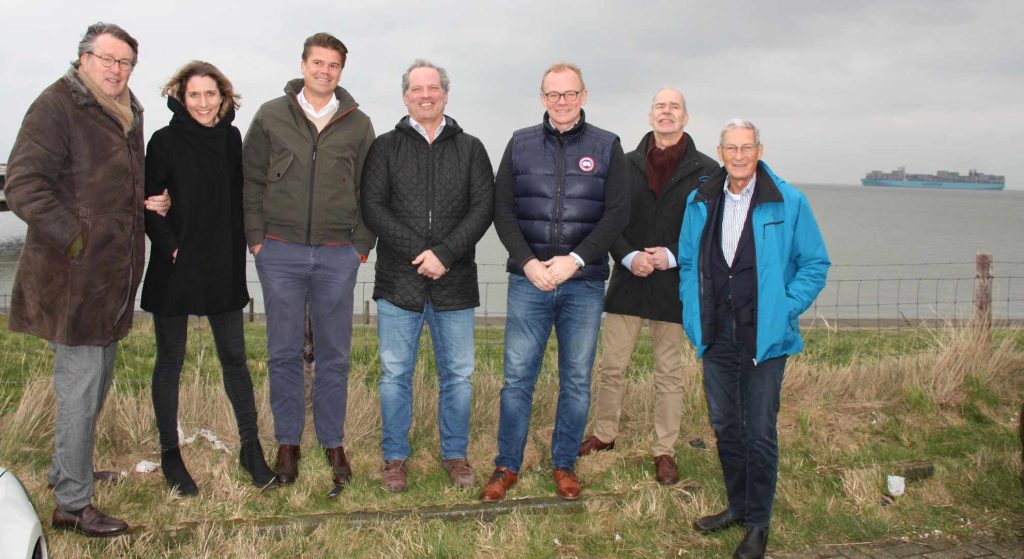The German government has set enormous expansion targets for offshore wind energy of 30 GW by 2030 and 70 GW by 2045 in order to make the energy transition a success. As only 8.5 GW of capacity is currently in operation, hundreds of new wind turbines have to be installed and connected to the grid every year - a national task! The existing quays and harbor areas are far from sufficient to make this possible! According to the Windguard study, the German North Sea coast lacks around 300 hectares of land and the associated quays. The ports of Lower Saxony are particularly challenged here on the North Sea. This means that the state of Lower Saxony and the federal government must provide the necessary funding, preferably yesterday! Der Konzern Shell will im großen Stil in die Offshore-Windenergie einsteigen und eine ganze Reihe von Windparks in der deutschen ausschließliche Wirtschaftszone (AWZ) in der Nordsee errichten und betreiben. And many other companies will and must take on the task of offshore wind energy (again). The Wilhelmshaven Port Business Association (WHV e.V.) discussed the current situation in the ports and the necessary conditions for the construction of the wind turbines and construction logistics with Development Manager Felix Neubert and his team from Shell. Alternative installation ports such as Cuxhaven will only be able to provide part of the required offshore wind logistics. Germany should do everything it can to provide as many services as possible for the construction of wind farms via its own ports. That is why Shell and WHV e.V. are jointly calling for this. 1. to the state government of Niedersachsen to start planning and building the second expansion phase of the JadeWeserPort as a multi-purpose port immediately, to press ahead with it quickly and to complete it as soon as possible! 2. to the Federal Government to make the necessary funds available now to tackle this national task and to secure funding! to utilize JadeWeserPort 2 to the extent required for offshore wind energy. Free areas could quickly ensure good capacity utilization with other business areas such as car imports, etc. If container traffic then increases and JadeWeserPort 1 approaches full capacity utilization, JadeWeserPort 2 can be made available for container traffic as required. Every year of delay sets back the success of the energy transition by several years.
|
The WHVeV Executive Board with the representatives of Shell
Copyright: WHV e.V.


